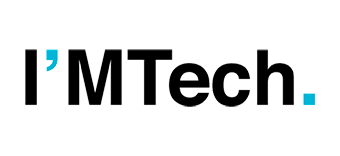Bitcoin crash: cybercrime and over-consumption of electricity, the hidden face of cryptocurrency
Donia Trabelsi, Institut Mines-Télécom Business School ; Michel Berne, Institut Mines-Télécom Business School et Sondes Mbarek, Institut Mines-Télécom Business School Wednesday 19 May will be remembered as the day of a major cryptocurrency crash: -20% for dogecoin, -19% for ethereum, -22% for definity, the supposedly-infinite blockchain that was recently launched with a bang. The best-known of […]

